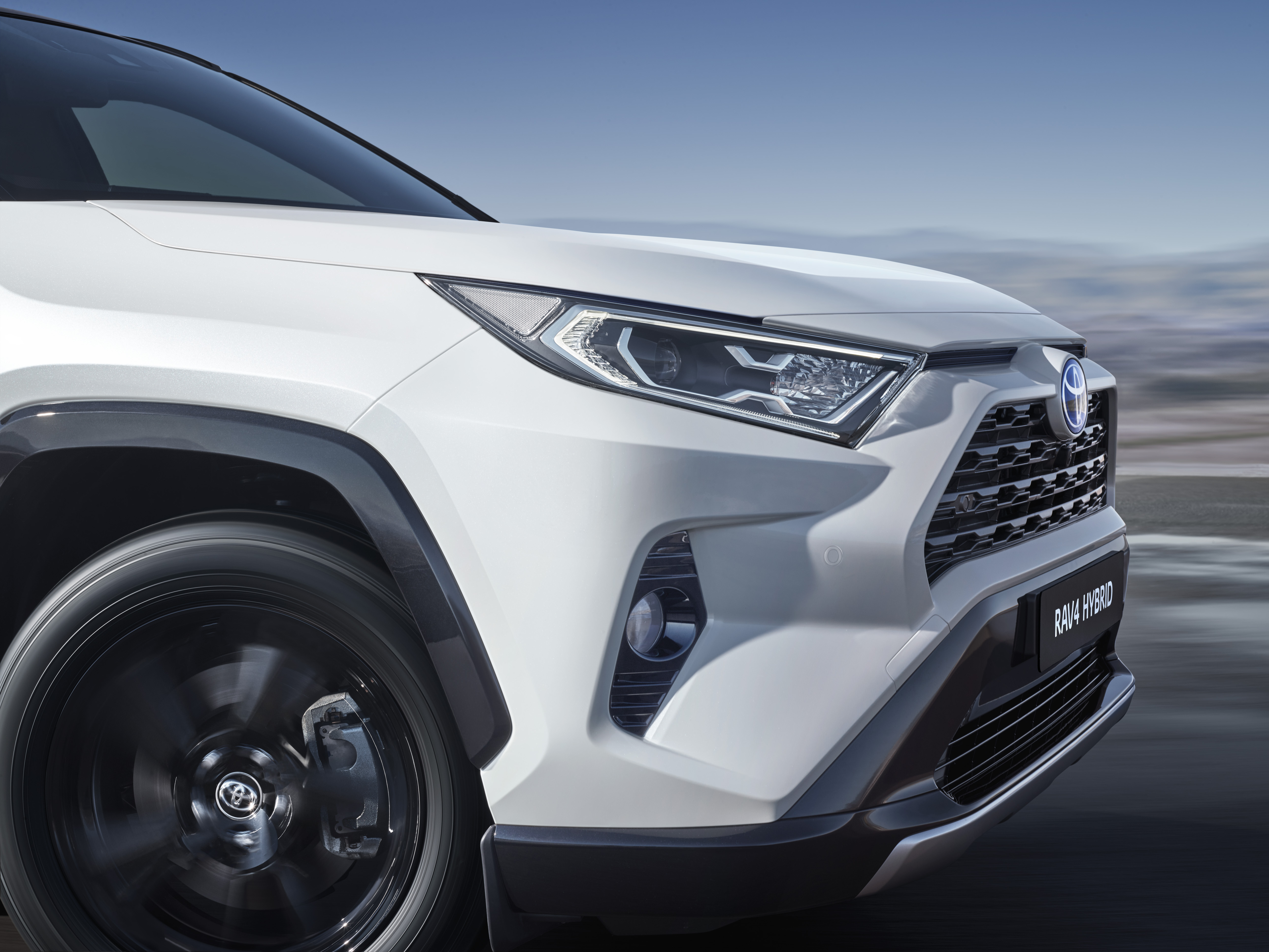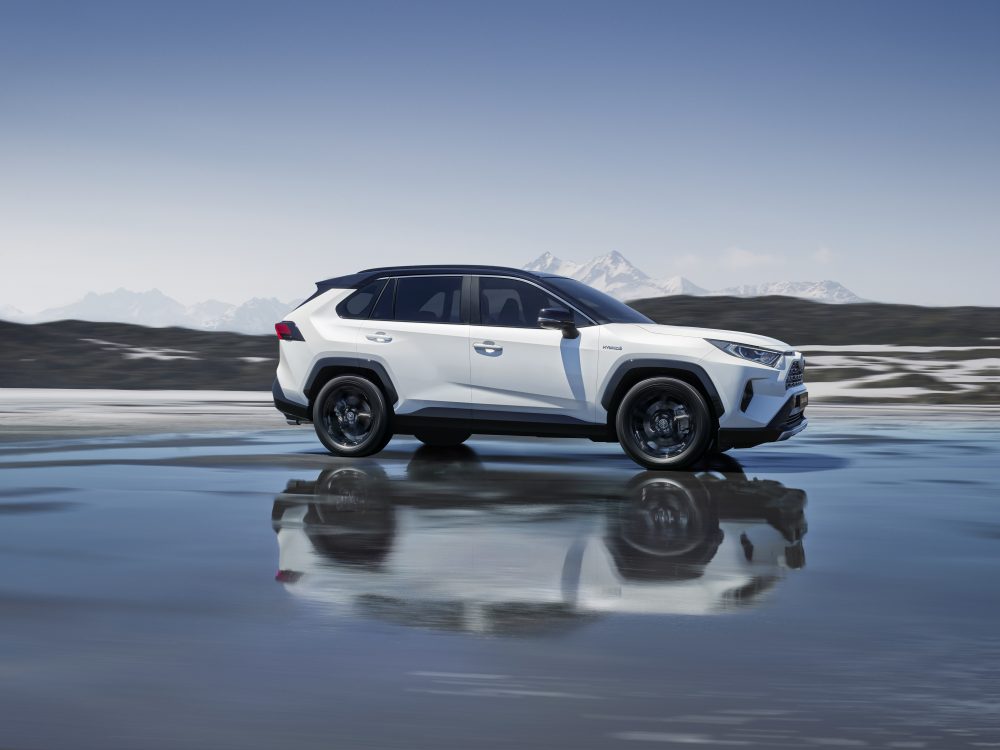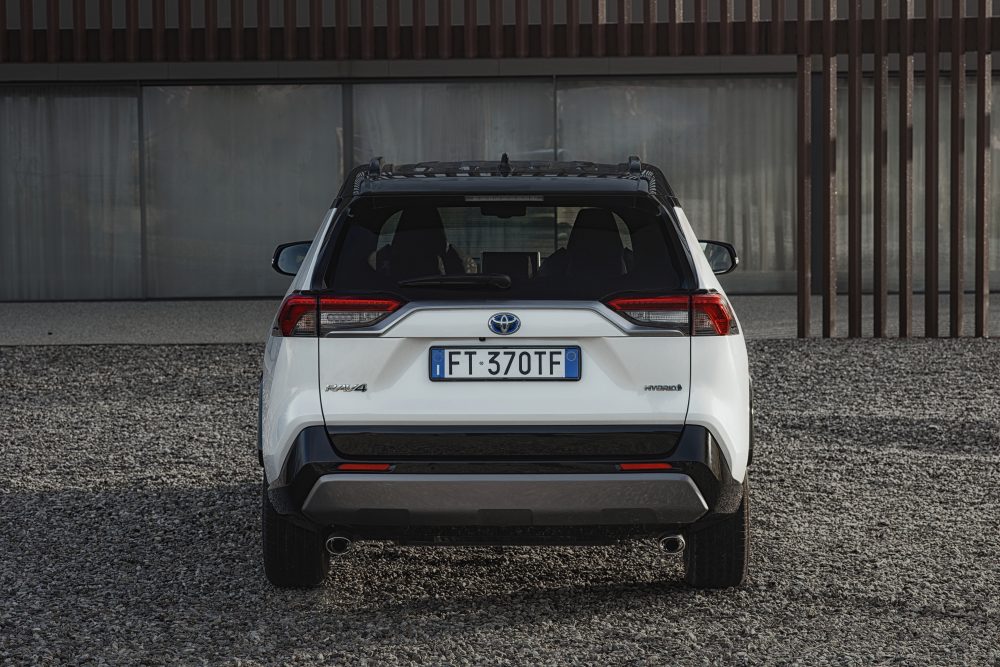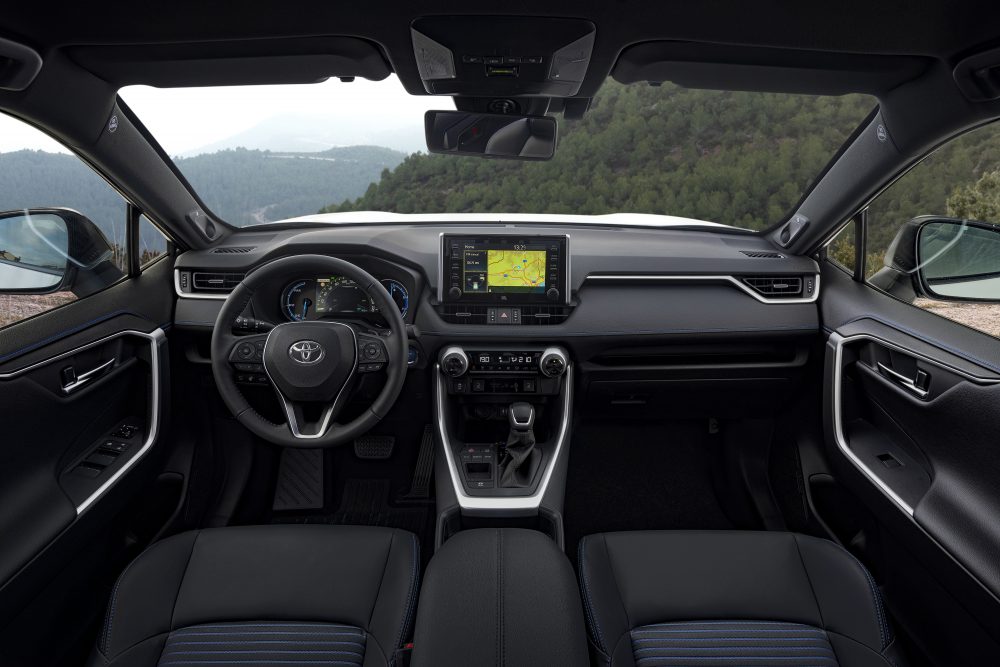Launched originally in 1994 and now five generations old, it is worth reflecting on how innovative and inspiring was the RAV4’s first iteration. Toyota can be blamed fairly for creating an entirely new market niche, in which the majority of mainstream and high-volume manufacturers now play with undoubted successes. The RAV4 epitomised the Sport angle for a growing new SUV sector.

It was the combination of a rugged, off-road type appearance, complete with loftier ride height allied to the on-road eagerness of a sporty hatchback that early adopters found so engaging. The car became an overnight success story and led every other carmaker into producing competitive replicas. However, Toyota has never finished developing its market innovator and, in response to environmental demands, the previous hybrid generation of RAV4 set another benchmark.

While justifying the car is largely unnecessary, the latest version is not just more attractive, thanks to styling cues also used by the company’s CH-R and Lexus UX models, but is also significantly more rigid than before, a factor that aids its on-road driveability and raises driver satisfaction levels to new peaks. Powering it is an enlarged and revised version of the company’s petrol-electric hybrid engine combination.

Displacing 2.5-litres, its four-cylinder motor develops a wholesome 215bhp in front-drive form, while the AWD-i four-wheel drive system gains an extra 4bhp. Sticking resolutely to Nickel-Metal-hydride for its self-charging battery system, even though some rivals are popping down the Lithium-ion route, Toyota is taking a longer view about dwindling lithium resources. The battery and fuel tank packaging is now more compact and better located within the car’s platform, with the sole intention of creating more beneficial balance both fore and aft and laterally, which aids the car’s overall driveability.
The vital performance figures show a decrease in the 0-60mph benchmark time to a zesty 8.1s (7.8s for the AWD-i), while the car’s maximum speed is pitched at 112mph. Top speed is not the criterion, although brisk acceleration is important. Even rated under the latest WTLP rules, its official fuel economy rating is given as around 49-52mpg (wheel diameter dependent; 17.0-inch standard; 18.0-inch options).

Tipping the scales at around 1.6-tonnes, it is not exactly a lightweight, but its MacPherson strut front and double-wishbone rear suspension, allied to reactive rack and pinion power steering, make the best use of the immensely sturdy body shell. All-round disc brakes provide assured stopping power and a brake energy recovery system that recharges the on-board battery pack.

The new RAV4 is a bigger proposition, at 4.6m in length but it is also aerodynamically efficient (0.32Cd) and offers a class-leading 580-litres of load deck space, within its practical and exceptionally well-detailed interior. It is also a very spacious car, with a multi-adjustable driving position and flexible rear seats. Pre-discount prices start from £29,635 (Icon trim), rising to £36,640 (Dynamic).
